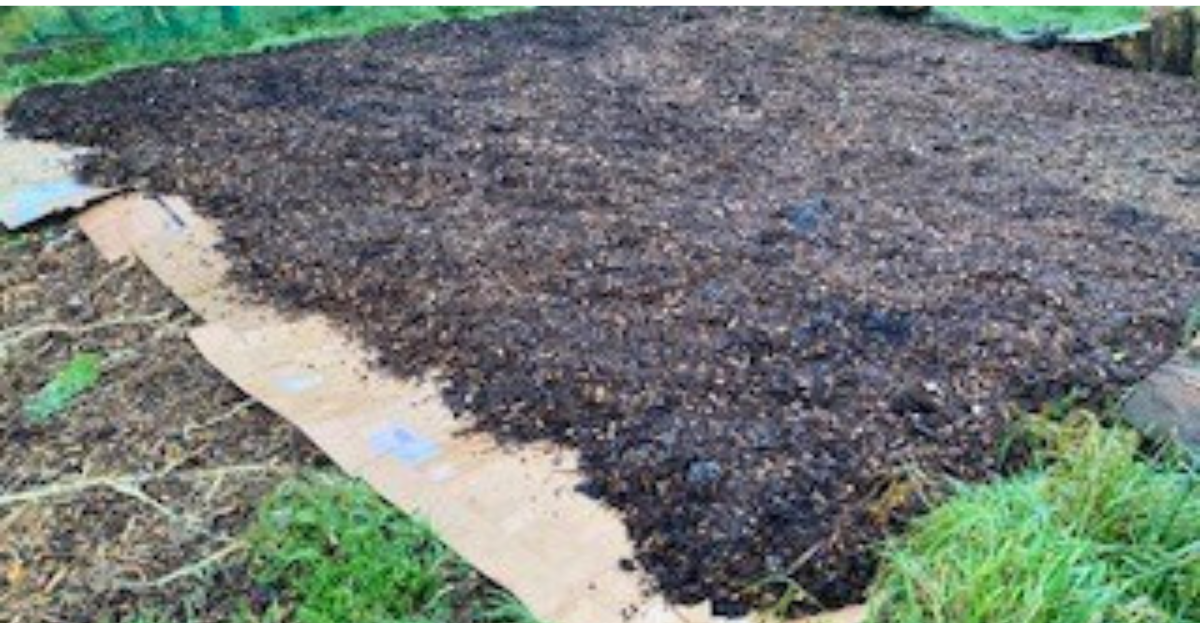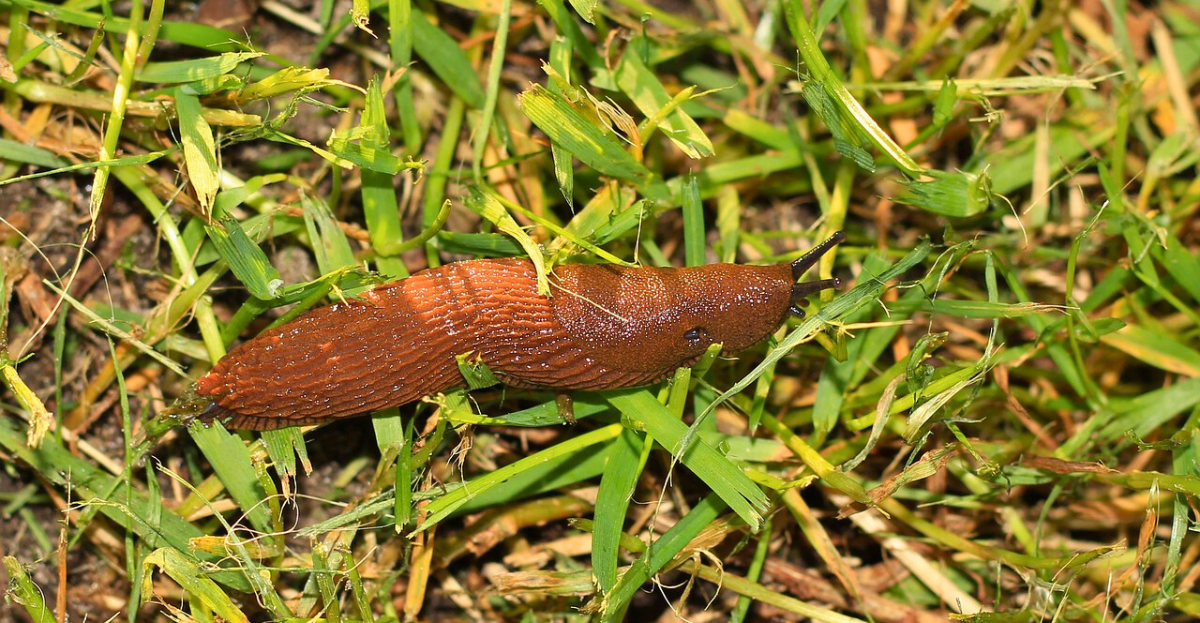Should You Winterise an Allotment?
As autumn fades and the nights draw in, many plot holders ask: what should I do with my allotment over winter?
Should you dig, add manure, plant green manures, or cover the soil?
Winterising isn’t about putting your plot to bed—it’s about protecting soil structure, conserving nutrients, and giving yourself a head start for spring. Here’s a complete guide to preparing your allotment for the colder months, including no-dig methods, frost protection, composting, and crop care.
Why Winterising Matters
Winterising your plot protects the soil from erosion, nutrient loss, and weeds, while supporting soil life that keeps your allotment fertile. Frost, wind, and heavy rain can damage exposed beds, so a little preparation now saves a lot of work later.
To Dig or Not to Dig?
Traditionally, gardeners turn over soil and dig in manure before winter. While this can work, it disturbs soil life and exposes microbes to frost.
The no-dig method is a modern alternative: feed the soil from above rather than disturbing it.
How to winterise using no-dig:
- Clear spent crops, leaving roots in place to feed soil microbes.
- Remove perennial weeds.
- Spread a thick mulch of compost, leaf mould, or well-rotted manure over the surface.
- Let worms and soil organisms naturally incorporate organic matter over winter.

Using Manure in Winter
- Well-rotted manure can be spread over beds to improve fertility.
- Avoid fresh manure on root crops like carrots and parsnips; it may cause forked growth.
- In no-dig systems, simply lay manure on top rather than digging it in.
- Cover exposed manure with cardboard or compost to prevent nutrient loss.
Green Manures & Cover Crops
Green manures protect soil, suppress weeds, and improve structure. Good winter options include:
Field beans – fix nitrogen and provide early spring biomass.
Rye or oats – excellent for stopping nutrient loss.
Crimson clover – attracts pollinators in spring.
Sow after harvesting autumn crops and either cut down in spring or leave roots in place. In no-dig systems, leave the cut material on top as mulch.
Winter Planting
Even in winter, hardy crops can be grown:Garlic – thrives after a cold spell.
Broad beans (‘Aquadulce Claudia’) – overwinter beautifully.
Onions and shallots – autumn sets establish before freeze.
Perennial veg – rhubarb, Jerusalem artichokes, kale.
Under cover (cold frames, cloches, or horticultural fleece), you can continue harvesting salad leaves, spinach, and herbs.
Covering Crops & Root Vegetables
Cover parsnips with leaves, straw, folded horticultural fleece, or even cardboard. This prevents soil from freezing solid, making winter harvesting easier.Harvest Brussels sprouts as needed — frost improves their flavour, but covering will protect against extreme cold.
Other protection methods include:
Composting Tips for Winter
Composting doesn’t stop when temperatures drop. Keep adding kitchen scraps (no meat or dairy) and garden waste to your heap or bin.
- Turn occasionally to aerate. Insulate with cardboard or old carpet offcuts to retain heat.
- This keeps beneficial microbes active, producing rich compost ready for spring no-dig beds.
Pest Prevention
Some pests remain active through milder spells:
Slugs & snails – hand-pick, use beer traps, scatter grit.
Mice & rats – protect bulbs with wire mesh; tidy plots to remove shelter.
Traditional allotment wisdom also helps:
Upturned pots stuffed with straw provide homes for beneficial insects.Bird feeders attract species that naturally control pests.
Regular plot checks, removing decaying matter, and maintaining tidy beds will make your allotment resilient over winter.

Maintenance Tasks
Winter is a good time to:- Clean and oil tools.
- Mend paths, fences, and raised beds.
- Empty and clean water butts.
- Plan crop rotations and seed orders.
- Make leaf mould from autumn leaves for spring use.
Final Thoughts
Winterising your allotment isn’t just about “doing nothing.” It’s about working with nature, feeding your soil, protecting crops, and preparing for a productive spring.
Whether you use no-dig methods, sow green manures, mulch heavily, or protect crops with fleece and cloches, your soil and plants will thank you — and spring will arrive with a ready-to-grow, fertile plot.
Join The National Allotment Society
Become a National Allotment Society member and help to preserve and protect allotments for future generations.
You'll also gain a range of benefits, including free liability insurance, initial legal support, expert advice and much more.
